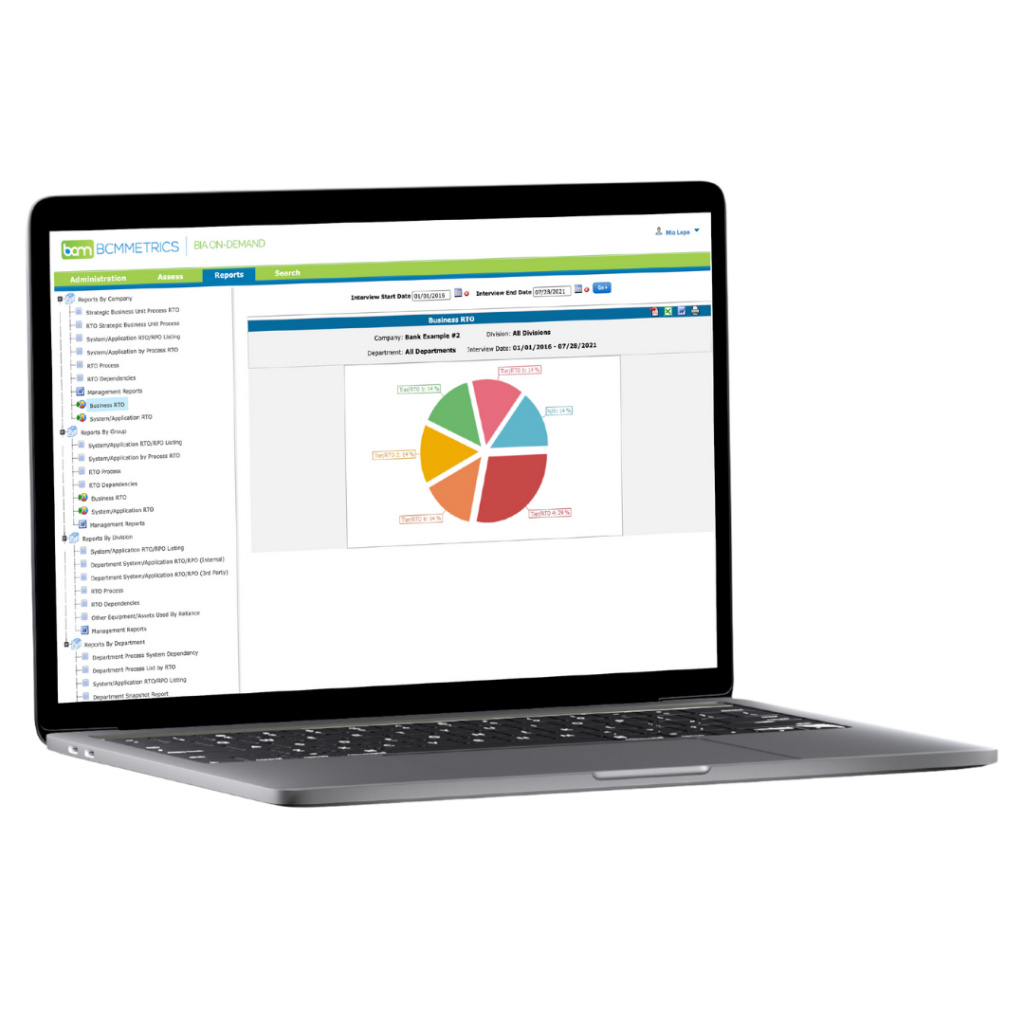Forming the Business Continuity Management Team

This post has been updated. It was originally published in September, 2013.
The size and makeup of an organization’s Business Continuity Management (BCM) team depends on how you plan to roll out the project. It is best to start out small in the beginning and then progress in size. The initial team will lay the groundwork for the project by setting up oversight, coordinating training, building disaster plans, and helping to sharpen the focus of what each plan should contain. This core team should consist of the following:
- Sponsor: The senior management individual with overall responsibility and accountability for the Business Continuity Program.
- The Business Continuity Manager: The individual with direct responsibility for the Business Continuity Program.
- Assistant Continuity Manager: The backup to the Business Continuity Manager. This could be a titled position or an assigned position.
- Administrative Assistant: The individual responsible for supporting the BCM team. This is often an administrative assistant working in the Business Continuity office, if it exists, or one of the individuals on the administrative assistant team.
This group will prepare standards, training, and processes to make the project flow smoother. Eventually, several key people will need to join the BCM team as they are needed. This may include the following people:
- Building Maintenance or Facilities Manager: This individual can provide information on what mitigation steps are already in place for the facility, such as fire suppression, electrical service, etc.
- Facility Safety and Security: This individual should already have parts of the disaster plan in place in terms of fire, safety, limited building and room access, theft prevention, etc.
- Human Resources: HR people have ready access to up-to-date information about the individuals who are important to the plan.
- Line Management: These individuals tend to know the most about what is critical for getting work done in their areas of responsibility.
- Community Relations: A disaster may affect more than just your operations. This individual will act as a liaison between your organization and your community to coordinate any community assistance that you may need while recovering from a disaster.
- Public Information Officer: This is your voice to the outside world. This role is crucial in getting accurate information out to customers and vendors.
- Sales and Marketing: This team knows the organization’s customers the best and can provide insight on what level of service is required.
- Finance and Purchasing: This team knows your vendors the best and can provide insight on what kind of support the organization can expect while recovering.
- Legal: The legal team can provide important insight on the legal ramifications of activities performed in response to an emergency.
In today’s regulated and compliance-focused environment, communication between senior management and the BCM team is essential. Management requires information related to strategic direction, integrating needs between functional teams, risk profiles, priorities, funding, and status. The Business Continuity Management team will oversee the program and ensure that senior management is provided with timely and accurate information.









